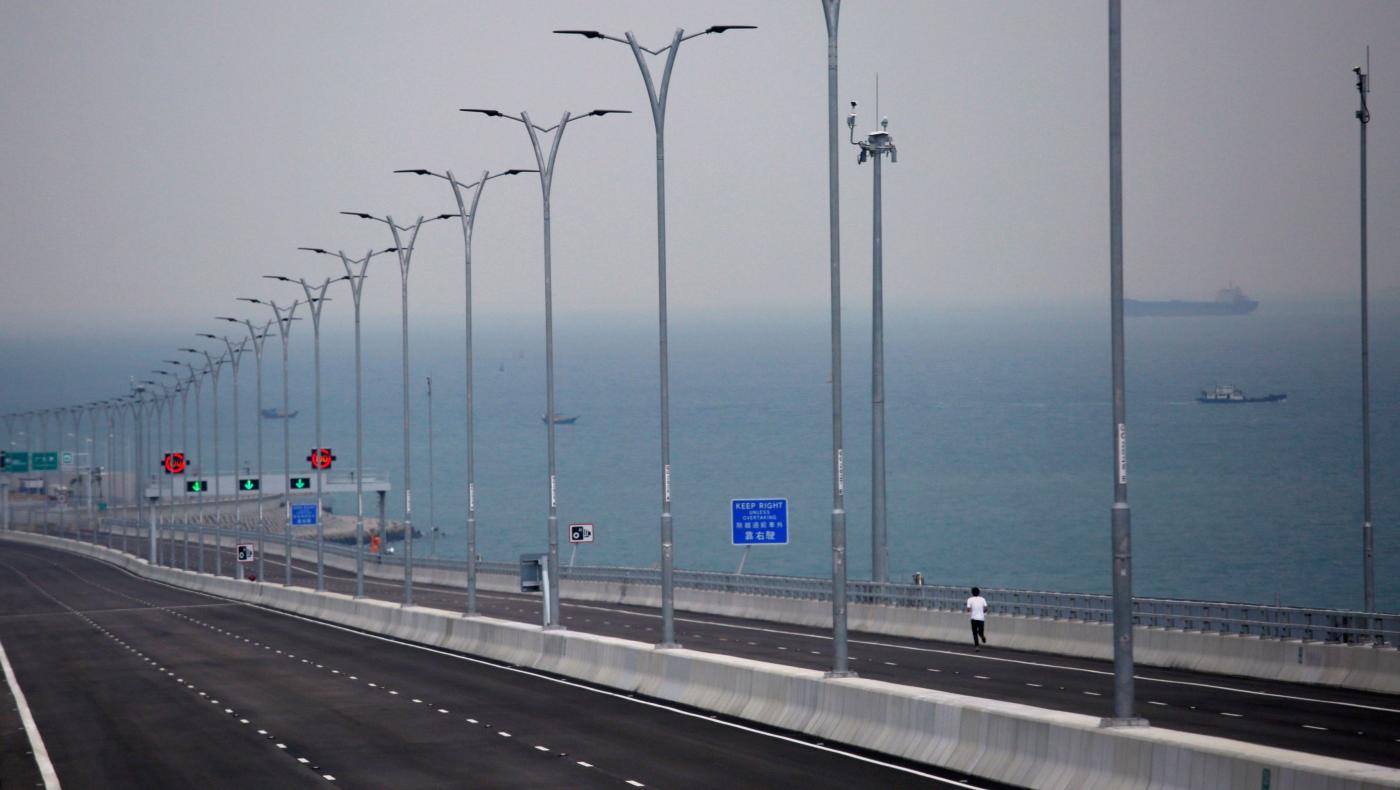Three relatively strong earthquakes that began Sunday night in the Pacific Ocean off Vancouver Island didn’t trigger a tsunami because they happened along a fault line where sections of the Earth’s crust are moving sideways, says an earthquake seismologist with Natural Resources Canada. .










